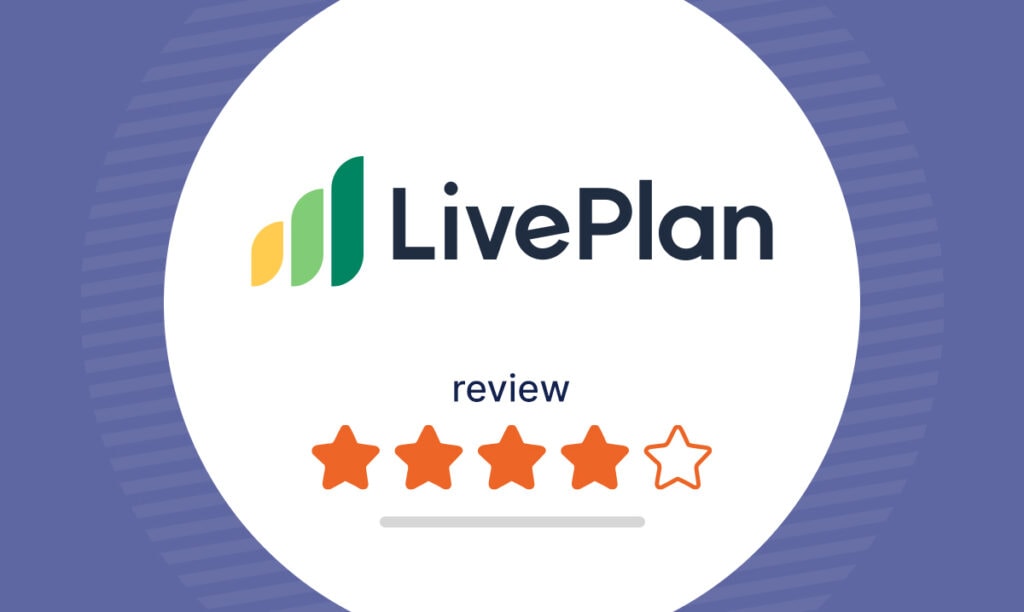In the first segment of our conversation with Vinay Kevadiya, the visionary behind Upmetrics, we explored the platform’s origins and itsunique ...
6 Types of Business Plans
Written by: Carolyn Young
Carolyn Young is a business writer who focuses on entrepreneurial concepts and the business formation. She has over 25 years of experience in business roles, and has authored several entrepreneurship textbooks.
Edited by: David Lepeska
David has been writing and learning about business, finance and globalization for a quarter-century, starting with a small New York consulting firm in the 1990s.
Published on February 19, 2023

A business plan is a business plan is a business plan, right? Not exactly.
There are, in fact, several types of business plans. Some are intended for an external audience, usually investors, while others are meant for an internal audience, such as the company’s top executives. Some are mainly research, while others aim to attract major funding.
This handy guide explains all six types of business plans and how they’re used to help you decide which is best for you and your business.
Startup Business Plan
A startup business plan, as the name suggests, is a launch plan for a new company entering the market. This is the standard and most common type of business plan. A startup plan is focused on the business opportunity and the steps and strategies that aim to turn that opportunity into a successful business.
It includes detailed information about the new business’s products and services, including how and to whom they’ll be offered, as well as financial projections and plans based on cost and revenue estimates.
A startup plan may seek to attract financing, or it may just be the entrepreneur’s way of researching the opportunity and developing strategies, creating a roadmap for the business.
Strategic Growth Plan
A strategic growth plan is created by a relatively young company, usually one to two years old, that’s looking to implement a rapid growth strategy. This kind of plan is generally created to attract venture capital, whether it’s the first, second or third round of financing.
The plan focuses on how growth will be achieved, which usually involves aggressive marketing and sales strategies. It also details the resources needed to implement those strategies and run the company at the new, higher sales levels.
Basically, this plan aims to convince investors that the business can achieve a certain level of growth in a specific timeframe with a precise amount of capital.
Feasibility Plan
A feasibility plan, as the name suggests, is an internal report to test the feasibility of a new venture or initiative. Maybe the business is adding a new product line or branching out into a related market, such as a food truck business opening a new restaurant.
The plan focuses on the resources needed to implement the initiative and the return on investment. With any luck, the feasibility plan will prove the initiative is feasible and can deliver profits. If it fails to do so, the business will most likely not go ahead with the initiative.
In most cases, some internal department puts together the feasibility plan for the company’s leaders and top executives in an effort to convince them the initiative can work. So it’s rare that a feasibility plan reveals that the idea is not feasible, but it does happen.
Internal Business Plan
Large companies regularly allocate funds to each department for strategy development and implementation. Every so often, perhaps once every two years, department managers will need to justify that level of funding to the company leadership team.
To accomplish this, the department is likely to create an internal business plan laying out what the department does, how it uses the funding, and how all this benefits the company. The plan usually includes specific projections on how this allocation of funds will improve the company’s bottom line.
Expansion Plan
If a company is looking to expand, whether by adding new locations or building a bigger manufacturing facility, it will probably craft an expansion plan. This plan details the steps and strategy involved in the expansion, the resources needed to get it done, and the projected return on investment.
This plan may be used internally to guide the expansion, presented to a board of directors for approval, or presented to investors thinking of financing the expansion. Thus, there are a few different types of expansion plans.
Operations Plan
Operations are of course the day-to-day activities that keep a business running, and an operations plan aims to set internal objectives and determine the resources needed to fund operations for the coming year. An operations plan is generally created for budgeting purposes.
In Closing
So, now you know the various types of business plans, which is sure to help you when you come across any of the situations described above. When crafting or reviewing any type of business plan, just keep in mind that they all share the same objective – maximizing the success of the business.
Subscribe to Our Newsletter
and gain insider access to cutting-edge business insights and trends.
Featured Resources

Crafting the Perfect Business Plan: A Deep Dive with Upmetrics’ Vinay Kevadiya
Published on October 13, 2023
Read Now

LivePlan Software Review: Features, Cost, Pros & Cons
Published on September 15, 2023
When you’re starting a business, a business plan is essential whether you’re going to obtain financing or not. Creating a business plan helpsyou ...
Read Now

What to Include in Your Business Plan Appendix?
Published on September 13, 2023
Launching a business involves countless tasks, and one of the crucial early hurdles is writing a business plan. Many entrepreneurs who aren’tlooki ...
Read Now
Comments